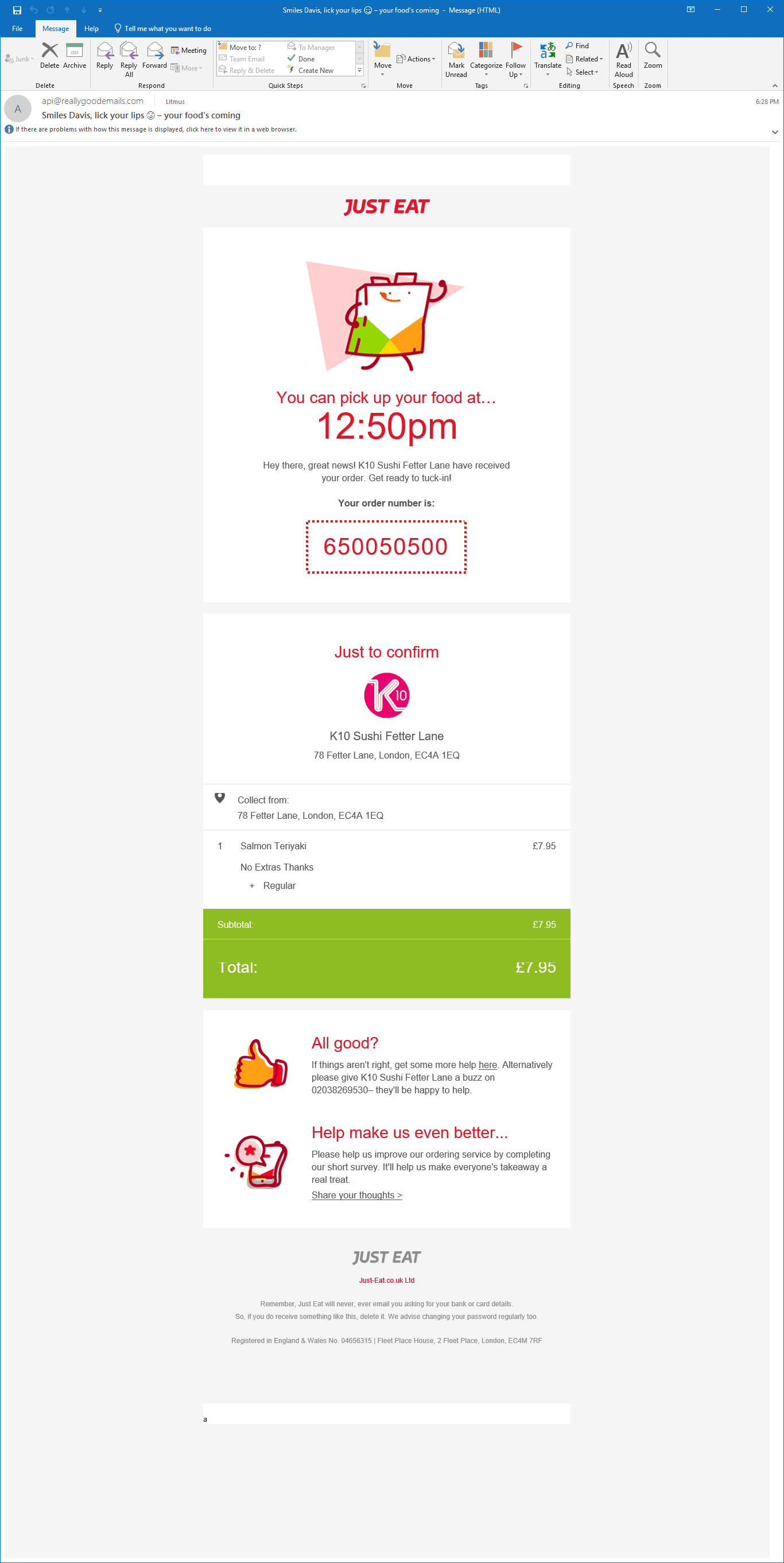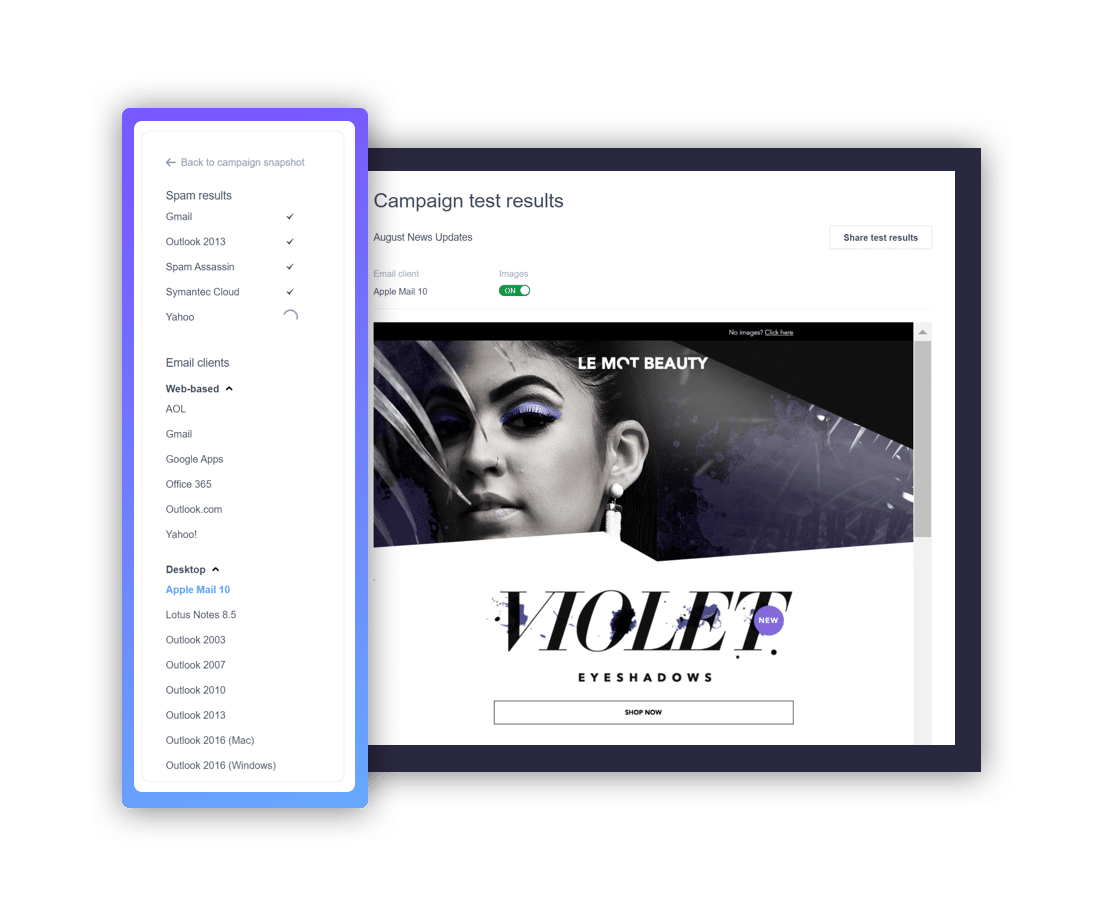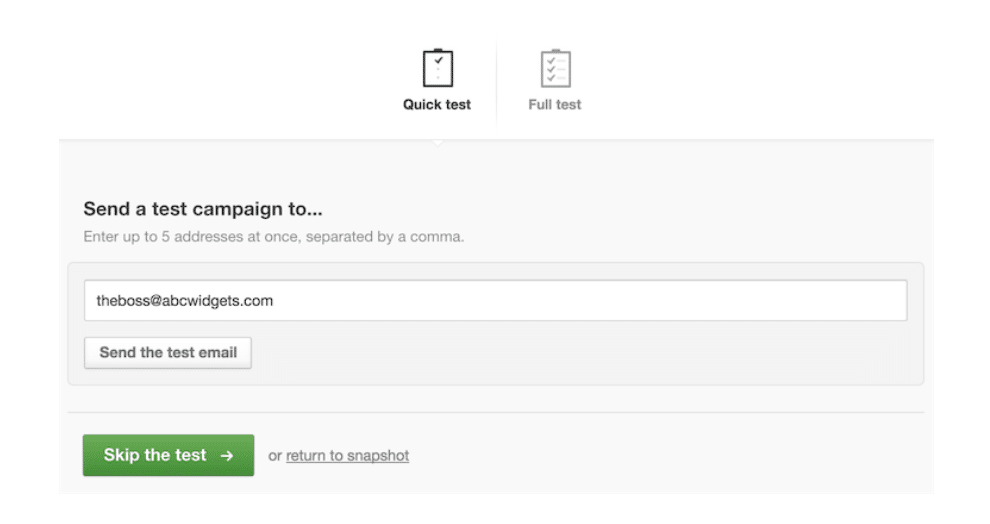How Email Testing and Rendering Works and Why It’s Important
Have you ever crafted the ideal email on your laptop, only to view it on your iPhone an hour later and discover that the layout has entirely changed? Your heart sinks, and you’ve already gotten a text from your employer. What happened?
A great user experience begins before you even launch your email campaign.
Personalization and dynamic design are important, but they are useless if your subscribers on Outlook, Gmail, and Yahoo can’t read it. How can you ensure that your email is flawless?
If you’re still unsure about email testing and rendering and why it’s so important, let’s go through the fundamentals to get you started.
What exactly is email testing?
Email testing enables you to preview your email before sending it to your subscriber list in order to check for links, design, spelling problems, and other issues.
Testing your emails can assist you in resolving:
- Design flaws in email
- Links that are incorrect or untracked
- The topic line, “From” name, and preview text are all incorrect.
- Errors in spelling and grammar
- Images that are broken or have no alt text
- Inconsistent font or content presentation
However, keep in mind that even though the test email seems wonderful to you, it may show differently depending on the subscriber’s viewing preferences. This is where rendering comes in to guarantee that each email is formatted appropriately for the specific subscriber.
What is the significance of email testing?
A little error, such as a misaligned picture block on a mobile device or directing your subscriber to the incorrect landing page, may have a terrible effect on your ROI.
Assume you have a targeted email list of 50,000 subscribers to whom you want to promote your newest product, and you estimate that this campaign will generate $10,000 in new sales. With over 50% of subscribers reading emails on mobile devices, this implies that more than half of your audience is seeing an email that may not be properly prepared. Most likely, those subscribers will be perplexed as to what to do in the email or why they should buy from you. Overall, the email error might cost you $5,000 of your anticipated $10,000.
With the risk of losing critical ROI, you must adopt an email testing plan that allows you to detect and correct issues before sending it to your audience.
What exactly is email rendering?
Did you realize that there are 15,000 distinct rendering previews for every email? While email testing is important, email rendering ensures that your email will be shown ideally across a wide range of web browsers, email clients, and devices that your users may use. Five important elements will influence how an email appears:
- Operating system: Windows, Linux, and Apple all have different policies and structure
- Email service provider (ESP): Because various email platforms show their templates differently and use mobile stacking or font modifications depending on their settings, items may look differently across all ESPs.
- Screen size: Because there are hundreds of various screen sizes accessible, the email must be compatible with cellphones, desktops, laptops, and tablets.
- App and web-based email clients: Gmail, Outlook, and Yahoo all display HTML differently and may deactivate some functionalities.
- Images enabled or blocked: Because some email clients restrict images, your email must be readable even without the intended visuals.
Consider the variations between the iPhone and Outlook views of this Just Eat delivery email. This email was appropriately displayed to accommodate both the email client and the screen size, allowing the user to swiftly record their delivery details.


What is the significance of email rendering?
Email rendering is vital because it provides a consistent user experience for your subscribers regardless of how they see your email. It is especially critical for HTML emails since it ensures that your original design and message are exactly as you anticipated. Consider the following additional benefits of email rendering:
- Operating systems and browsers are constantly changing, often without warning.
- Email service providers often make modifications that influence the code of your email, such as removing JavaScript or <embed> codes.
- Email design trends must be updated on a regular basis in order to appeal to a wide range of readers.
When it comes to ROI, rendering and testing go hand in hand. If your email seems strange to someone who uses Gmail or views it on a tablet, you may be losing out on turning your subscribers into customers.
How to Test and Render Emails for Better ROI
Now that you understand the significance of testing and rendering your emails, it’s time to look at how you can put your new plan into action. The additional work significantly outweighs the benefit of reaching your bottom line and gaining repeat clients.
Email verification
Testing is an important phase in the email marketing process since it ensures that your content reaches your target recipients. How can you put your emails to the test? There are a few approaches you may use depending on your present platform or experience.
Send using an ESP
Email testing is usually a basic element of the marketing process with most ESPs. You’ll have an opportunity to launch a test campaign to one or more email addresses after editing a template or uploading HTML. They also provide a sample to show you how it will look on various devices.

Send it to a testing service
PutsMail, for example, enables you to enter your HTML and send it to your email account. You may skip the ESP and test several variations of your email design as a fast alternative.
Send to real-world devices
If you’re not sure about utilizing a digital platform, you may quickly preview the design on your phone, tablet, or laptop to see how it appears.

Once you understand your ESP’s or chosen platform’s testing capabilities, you must use them every time you send out an email campaign. This will not only become a valuable habit for you, but it will also provide your subscribers with a memorable user experience.
Conclusion
It is your obligation as an email marketer to ensure that each email you send raises your brand and encourages sales. Whether you’re introducing a new feature or sending out a welcome series, each email represents your brand and should captivate your readers and turn them into long-term customers.
Everything begins with your testing and rendering process. You must test each email before sending it, whether it is prepared in templates or HTML.
- Inconsistent design among email clients
- Links that are broken or untracked
- Inappropriate design formatting
- Errors in spelling or grammar
- Inconsistencies in font or color
- Images or buttons that are disabled






Recent Comments